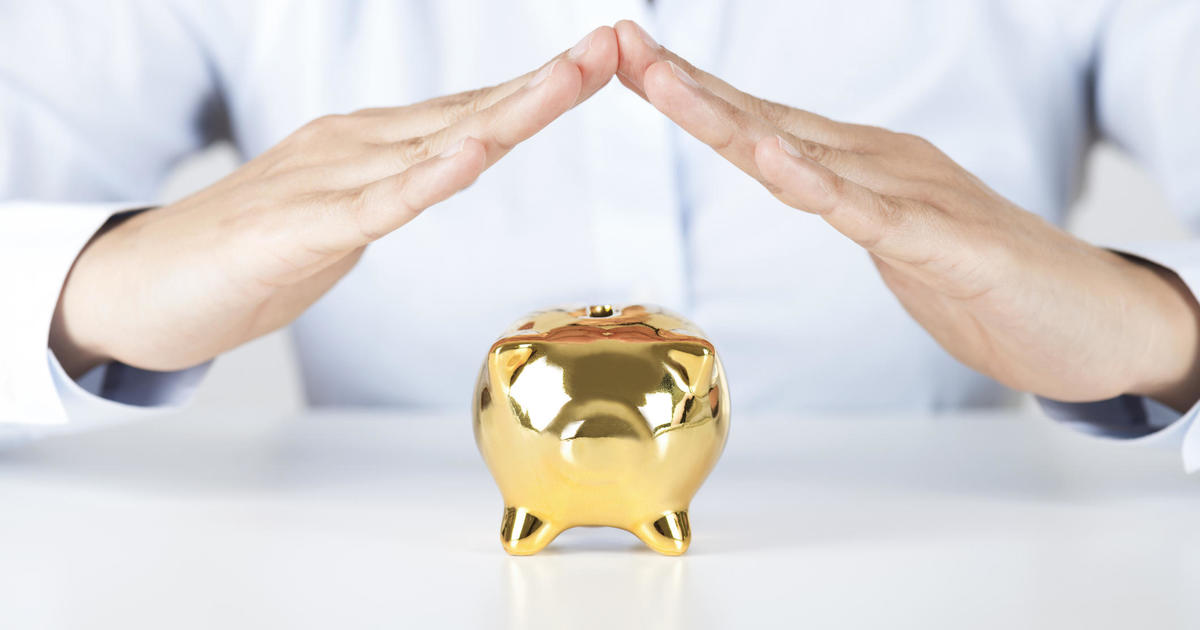Even as economy brightens, one worrying signal mars the view
Suddenly, the U.S. economic outlook is darkening again. Sure, plenty of points of light remain. The job market remains strong. Housing prices are high, thanks to limited inventory. And President Trump could still deliver tax cuts, health insurance reform and infrastructure upgrades despite ongoing gridlock.
But a number of other advance indicators are turning negative. The largest of which is the hawkish turn by the Federal Reserve under Chair Janet Yellen, who has quickened the pace of rate hikes and is looking at beginning the process of reducing the Fed’s $4.5 trillion asset holdings later this year.
As a reminder: Every bear market and recession since the Fed was established in 1913 has been caused by tighter monetary policy. As Yellen clamps down, several areas in the economy are already flashing red. Let’s focus on one in particular: The drop in auto sales.
Thanks to President Obama’s “cash-for-clunkers” program (2009 spike), pent-up demand and very easy credit terms, a surge in auto sales during the economic expansion has been a primary motivator of industrial activity and GDP growth. But the sales pace has rolled over and is threatening to fall back to 2013-2014 levels (chart above).
Used-car prices also look vulnerable to a flood of high-quality leased vehicles coming into the secondary market (up 100 percent since 2012 and set to rise another 25 percent over the next two years, according to Morgan Stanley). This puts the captive financing arms of automakers and independent lenders at risk as residual values collapse. That could tighten credit available to new customers and in turn, further weaken the new-car sales rate in a negative feedback loop.
Higher interest rates from the Fed will only exacerbate this dynamic. The warnings are widespread:
- According to the National Automobile Dealers Association, used-car prices are already falling at the fastest pace since 2008 and have returned to 2010 levels.
- Inventories are getting bloated, encouraging many automakers to aggressively ramp up incentives (which hurt margins). The inventory-to-sales ratio is at the highest level since June 2009, and the time it takes a car to clear a dealer lot is up 20 percent from last year.
- Deutsche Bank noted that lower used-car values will weigh on new-vehicle purchases since most transactions involve a trade-in.
- Morgan Stanley analysts warn used-car prices may crash up to 50 percent.
- Even Ford (F) recently warned that used-car prices will drop for years.
While Bank of America Merrill Lynch analysts calculate a drop in the annual auto sales rate to 15 million would drag GDP growth down by only 0.4 percent, larger second-order effects would hit everything from original equipment supplier sales to transportation companies.
David Rosenberg at Gluskin Sheff wrote in a note to clients on Thursday that the annual trend in U.S. auto sales “is a terrific leading indicator for economic growth, writ large.” And that indicator has been negative for three of the past four quarters, dropping 0.8 percent in the first quarter.
On average, Rosenberg estimates GDP growth slows about two percentage points in the four quarters that follow a negative trend in auto sales. In his words, “The problem this time is the starting point is 2 percent!”





